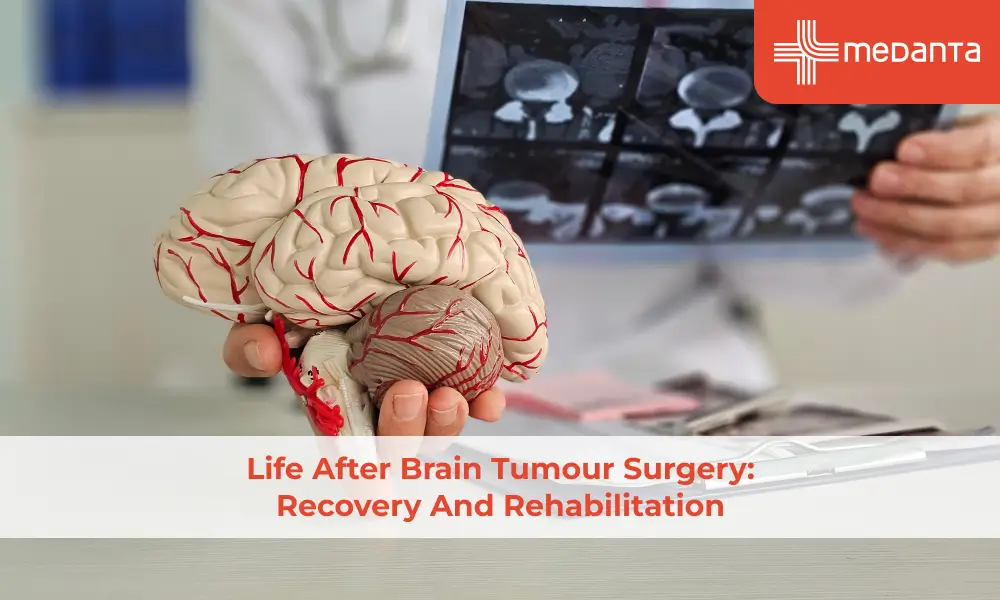HIV Transmission: How it Spreads and How to Prevent it

HIV (Human Immunodeficiency Virus) is a virus, a sexually transmitted infection transmitted through sexual contact. Over 85.6 million have been infested with HIV, and 40.4 million have died due unawareness of effective medical treatment. By the end of 2022, 39.0 million were living with HIV globally. When an individual gets infected by HIV, the virus attacks their immune system, specifically targeting CD4 cells, also known as T cells. HIV causes the immune system to weaken gradually, making the body less able to fight off diseases.
HIV spreads easily, and the most number of cases are subject to unprotected and risky sexual behaviors. This article explains the depth of HIV, how it spreads, how to prevent it, treatment, and more.
Preventing HIV Transmission: How does HIV spread?
HIV is a contagious virus that can spread through certain body fluids. HIV doesn’t casually spread by hugging or sharing food/ water but through blood, semen, vaginal fluids, and breast milk. Understanding HIV transmission is crucial for its effective prevention. Here’s an overview:
HIV most commonly transmits through unprotected vaginal, anal, or oral sex with an HIV-positive individual. The virus spreads through mucous membranes or tiny cuts on the skin during sexual activities.
HIV can spread through sharing needles or syringes contaminated with the blood of an HIV-infected person. Sharing needles for doing drugs (heroin, cocaine, or steroids) increases the risk.
HIV can be transmitted from an HIV-positive woman to her child during pregnancy, childbirth, or breastfeeding. Although the risks are 15-45%, medical care, particularly antiretroviral therapy (ART), can reduce it to 1%.
While rare, HIV can spread through blood transfusions or organ transplants from HIV-positive donors.
Common HIV Symptoms
Identifying the symptoms of HIV is crucial for early detection and timely intervention. Some common indicators may include:
- Flu-like symptoms (fever, fatigue, sore throat, swollen lymph nodes) shortly after infection.
- Constant fatigue shortly after the transmission of HIV infection.
- Unexplained weight loss, especially in later stages.
- Frequent recurrence of infections such as thrush or pneumonia.
- Skin rashes, sores, or lesions.
- Night sweats and chills, along with disrupting sleep.
- Neurological symptoms like cognitive impairment or neuropathy.
The Connection Between HIV and AIDS
HIV is a virus that causes AIDs, aka Acquired Immunodeficiency Syndrome. AIDS is the most advanced (3rd) stage infection of HIV. Not every HIV-positive develops AIDS. However, without proper treatment, HIV can progress into AIDS sooner or later. Typically, without antiretroviral therapy (ART), HIV can progress into AIDS in 10 years or more. In some people, the development can be sooner.
An individual can have HIV but not AIDS. However, it is impossible to have AIDS without HIV.
- Stage 1 is Acute HIV.
- Stage 2 is Clinical Latency.
- Stage 3 is AIDS.
How to Prevent HIV Transmission? HIV Prevention Strategies
For preventing HIV transmission, there are a number of effective strategies, including these common ones:
Practice Safe Sex:
- Use Condoms consistently and correctly during vaginal, anal, and oral sex to prevent the risk of HIV transmission.
- Limit the number of sexual partners.
- Avoid casual sex activities with unknown partners.
Get Tested Regularly:
- Opt for regular HIV testing to ensure early detection and treatment and reduce the risk of unknowingly transmitting HIV.
- Encourage your sexual partners to get tested.
Use PrEP and PEP:
- PrEP is a daily medication for people at high risk of HIV that significantly reduces the risk of infection.
- PEP is an emergency treatment started within 72 hours after potential HIV exposure to prevent the virus from taking hold.
Avoid Sharing Needles:
- Never share needles or syringes for any purpose, whether drug use, tattoos, or piercings. Even when in a public setting, ensure the needle being used is clean, sterile, or new.
- Dispose of used needles correctly.
Prevent Mother-to-Child Transmission:
- HIV-positive pregnant women should receive appropriate prenatal care (including ART) to reduce the risk of transmitting HIV to their babies.
- Follow medical advice for safe delivery methods.
- Avoid breastfeeding (if safe alternatives are available).
Education and Awareness:
- Organize or participate in community programs that educate about HIV transmission.
- Stop discrimination, encourage open conversations, and reduce barriers to testing and treatment.
Treatment and Management of HIV/AIDS
Medicine Therapy:
Antiretroviral Therapy (ART): ART is the primary and only treatment for HIV. It includes the usage of HIV medicines regularly to reduce the viral load at undetectable levels.
Monitoring and Regular Check-Ups:
Viral Load and CD4 Count: Regular blood tests to monitor viral load and CD4 cell counts. It helps doctors assess the effectiveness of ART.
Health Monitoring: Routine check-ups of overall health to manage any side effects of ART.
Managing Opportunistic Infections:
Preventive Medications: Additional medications are prescribed to prevent common opportunistic infections, including pneumocystis pneumonia (PCP) and tuberculosis (TB).
Supportive Care:
Nutritional Support: Proper nutrition supports overall health and helps maintain strength.
Mental Health Services: Counseling and mental health services help manage the psychological impact of living with HIV/AIDS.
Wrapping up…
Understanding HIV and how it spreads is crucial for preventing the virus and helping those who are living with it. HIV causes significant damage to the immune system, and without treatment, it can progress to AIDS. However, with effective prevention measures and antiretroviral therapy (ART), those living with HIV can have a healthy life.
Education, awareness, safe sexual activities, and regular testing are some of the key measures to fight the spread of HIV. Besides that, it is crucial to overcome the stigma associated with HIV/ AIDS and the suffering due to misinformation.






